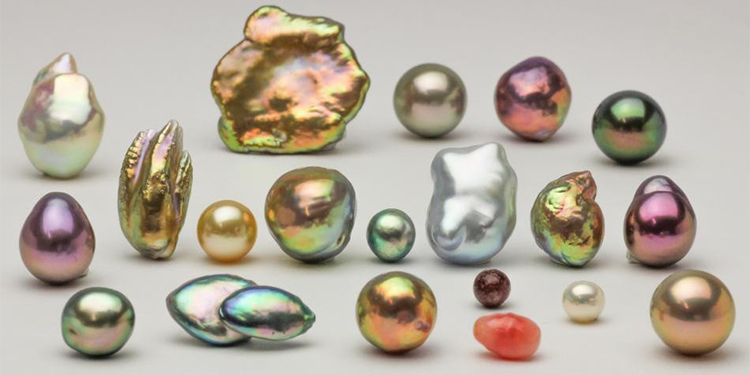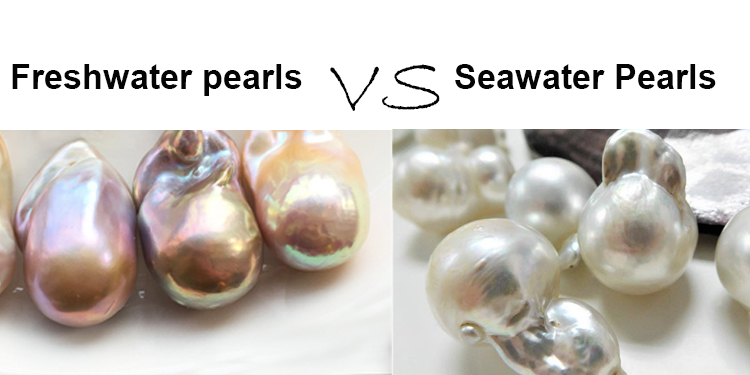Exploring the Distinctions: Nucleated vs. Non-nucleated Pearls

Everyone must be curious about the difference between nucleated and non-nucleated pearls and which one holds higher value.
Today, we will briefly explain nucleated and non-nucleated pearls.
Nucleated pearls are formed when a pearl nucleus is implanted inside a pearl oyster, stimulating the secretion of nacre that eventually forms the pearl.
On the other hand, non-nucleated pearls are entirely composed of nacre without any implant.
Here are a few key differences between them:
Cultivation Method
Nucleated pearls: A pearl nucleus is implanted to initiate the formation process.
Non-nucleated pearls: The pearl formation is stimulated using the oyster's own mantle tissue without any implant.
Luster
Luster is not directly related to nucleation.
However, saltwater pearls generally exhibit finer luster than freshwater pearls due to their smoother nacre.
Thickness of Nacre
Nucleated pearls: Thin nacre layer.
Non-nucleated pearls: Thick nacre layer.
Shape
Nucleated pearls: More round and exhibit higher rates of roundness.
Non-nucleated pearls: Difficult to achieve perfect roundness; more natural shapes are common.

Size
Nucleated pearls: Size is determined by the implanted nucleus and can be larger than the implanted nucleus after pearl formation.
Non-nucleated pearls: Sizes range from 1mm to 7mm and can increase in diameter due to growth over time and environmental conditions.
The fundamental difference between nucleated and non-nucleated pearls lies in the cultivation method.
One should consider personal preferences, budget, and desired characteristics when purchasing.
Now, let's discuss which types of pearls fall under nucleated or non-nucleated categories:
Nucleated Freshwater Pearls
Edison Pearls have a larger nucleus, resulting in pearls typically measuring 9mm and above, with a wide range of colors.
Freshwater AK (Aurora Borealis): These are a new type of nucleated freshwater pearls, primarily white in color, with less luster than saltwater Akoya pearls but still exhibit strong luster.
Non-nucleated Freshwater Pearls
Non-nucleated Freshwater Pearls: These pearls are smaller (2-12mm), often irregular in shape, with few perfectly round pearls.
They are durable and offer long-lasting luster.

Nucleated Saltwater Pearls
Akoya Pearls: Smaller with excellent iridescence, they are priced moderately.
Tahitian Pearls, South Sea Golden Pearls, Australian White Pearls:
These fall under the category of South Sea pearls, known for their thick nacre, fine texture, and good luster.
Non-nucleated Saltwater Pearls
Keshi Pearls: These are non-nucleated pearls formed due to the rejection of the nucleus by the oyster.
They are mostly irregular in shape and smaller in size.
Please note that the actual characteristics of pearls, such as color, weight, and composition, should be referred to when purchasing.


Leave a Comment